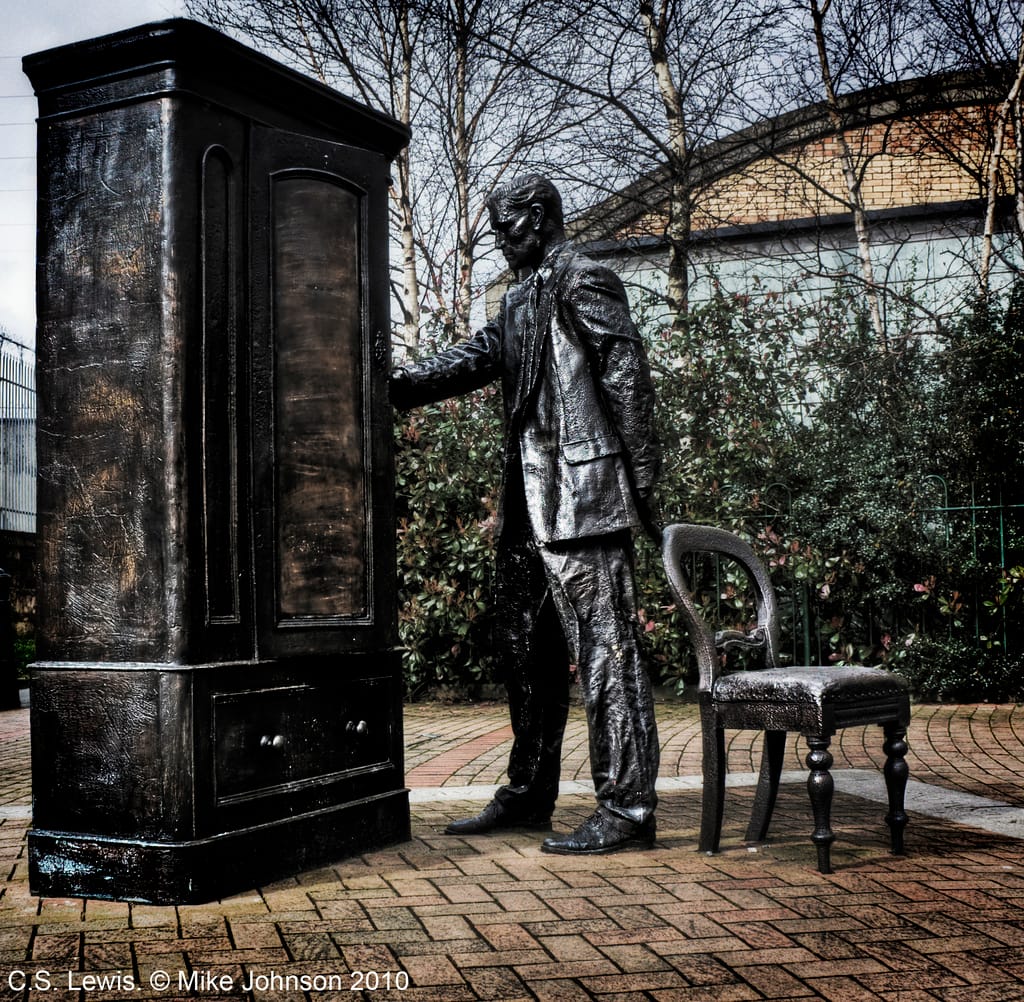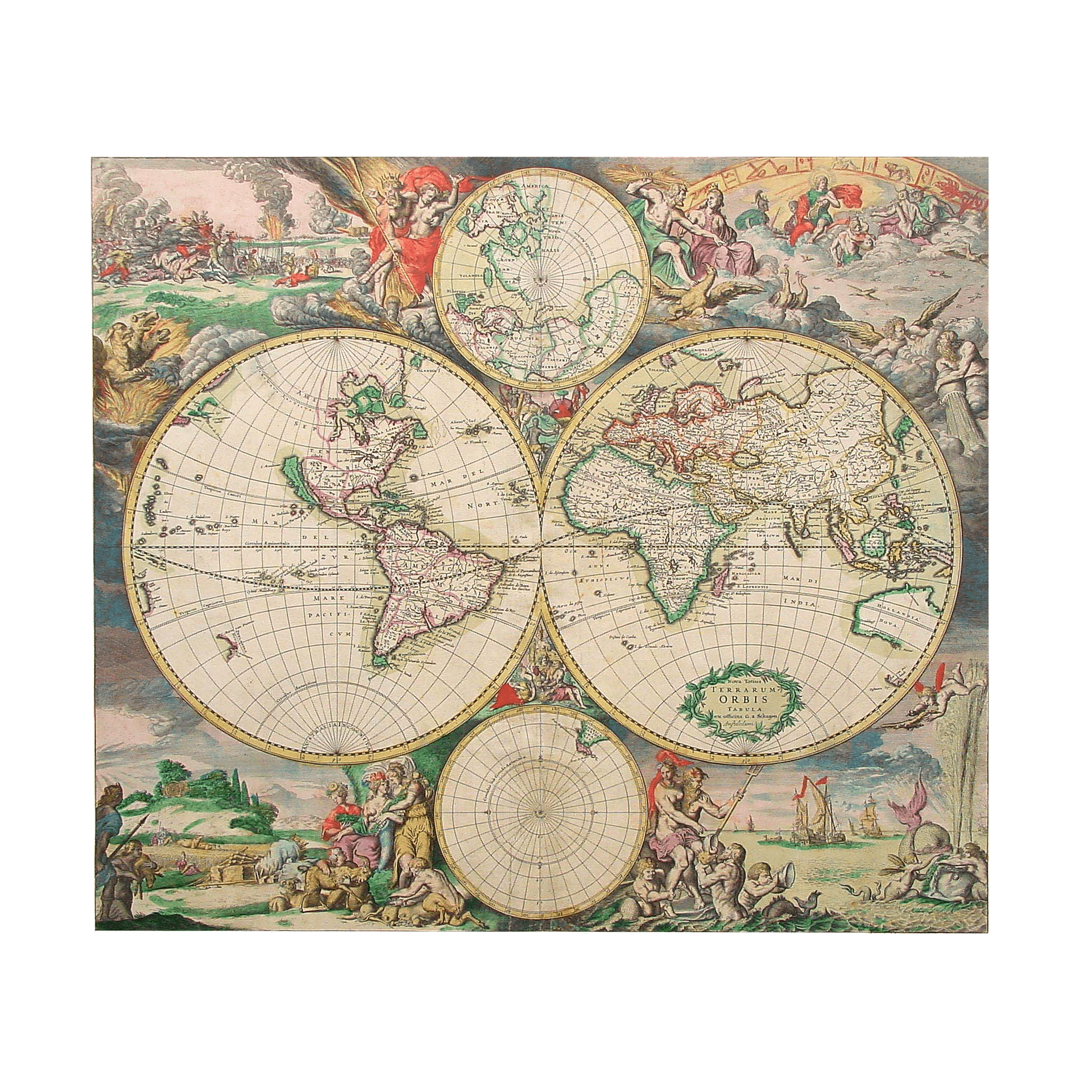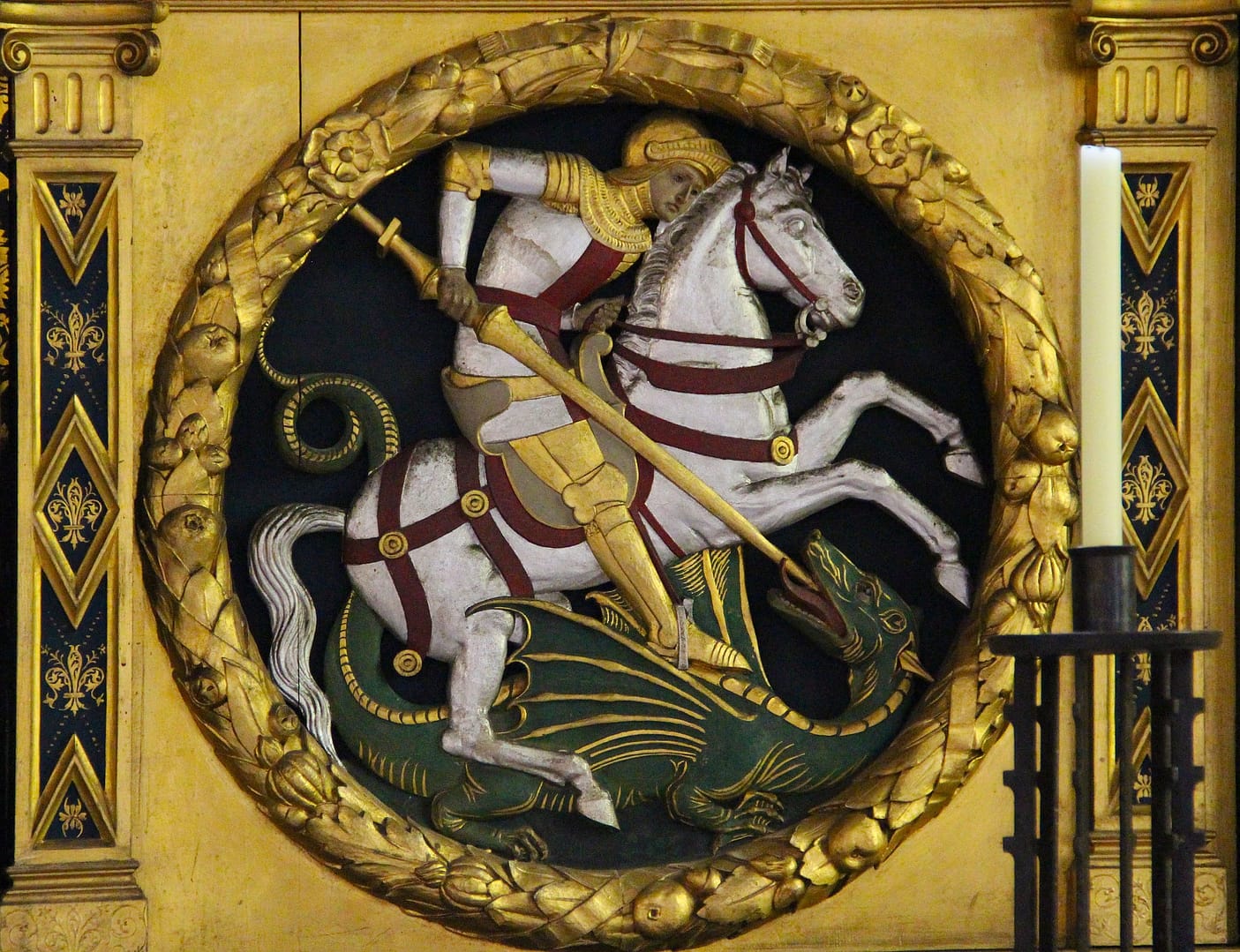C.S. Lewis, famous for ‘The Lion, the Witch, and the Wardrobe’, stated in one of his non-fictional works, ‘Mere Christianity’, ‘The moment you wake up, all your wishes and hopes for the day rush at you like wild animals. And the first job each morning consists in listening to that other voice, that point of view, letting that other stronger, quieter life come flowing in.’

In other words, our path toward being fully human involves a recognition each day that we are not the centre of the universe. The trouble is we live in a culture that tells us that we are and that we should always get what we want. We are all consumers now relating to everything in terms of consumption – not just shopping, but education, health care, and religion. But being a consumer is not the height of what it means to be human.
I am reminded of this on Saint George’s Day – 23rd April – the day dedicated to the patron saint of England. We probably know the story about the knightly George and the dragon. But what do we know about the real George? All we know is that George, or Georgios, was born around 270 BCE, probably in Cappadocia (now Eastern Turkey), not England. At the age of 17 he entered the service of the Emperor Diocletian as a Roman soldier.
Diocletian was for most of his reign tolerant of religious minorities, but around the turn of the century public opinion blamed the refusal of Christians to participate in pagan sacrifices for a series of unfavourable events and omens, and the Emperor ordered all Christians to conform to the Roman sacrificial system or else lose their positions. Those opposed to Christianity pressed for punishment, and an Oracle from Apollo at Didyma was widely interpreted as calling for the suppression of Christians. So on 24th February 303 BCE Diocletian’s ‘Edict against the Christians’ was published. A spate of persecutions followed, and many Christians died including George the Roman soldier and Christian martyr. The Roman historian Eusebius, writing twenty years later, spoke of a soldier who was executed on 23rd April 303 BCE for this act. George was identified with Eusebius’s soldier, which is why Saint George is remembered on 23rd April to this day.
There are numerous theories of why Saint George is depicted with a dragon in Christian iconography. One theory suggests that the Roman soldier, George, refused to kneel before an image of a dragon or a serpent – possibly on a Roman Standard – and that this is where the story of ‘Saint George and the Dragon’ originates. But even stories possess truth and allow us to explore the truth within ourselves. C.S. Lewis knew this, exploring the truth of his Christian faith through ‘The Chronicles of Narnia’ as much as he did through any of his theological writings or radio broadcasts. Lewis’s friend J.R.R.Tolkien held to a similar principle in his writings that revolved around his famous trilogy ‘The Lord of the Rings’. Role playing games such as ‘Dungeons and Dragons’ and digital versions such as ‘Dragon Age’ have built upon these stories and developed them for our own age. All of them in some ways look back to earlier stories such as ‘Saint George and the Dragon’. And in that story George had to face a question. Was he the centre of his own universe or was their something more worth defending? A dragon that needed defeating? The real George faced the dragon by refusing to renounce his Christian faith.
George would probably have remained a saint principally revered in the Mediterranean, Middle East, and Asia had it not been for the Crusades. The crusaders journeys introduced them to the icons of Eastern Orthodox Christianity, and they were impressed by the depictions of the courageous soldier-saint slaying a dragon and rescuing a damsel in distress. They simply did not understand how the symbolism of iconography works, and that George’s dragon stood for evil, or perhaps Diocletian, and the beautiful princess for Christianity, or the Blessed Virgin Mary, or for the Church itself. Not knowing how to interpret what they saw, they produced their own interpretations.
Sadly, this expressed itself in the crusades with acts of violence under the guise of ‘knightly valour’ and today Saint George is hijacked by extreme English nationalistic tendencies in some quarters. If only they knew who the real George, or Giorgios, was. But if we can strip away the layers of legend we are still left with a little pinch of truth. George, the Christian who stood up to something terrifying and was able to do so not because he thought he was at the centre of the universe but because he knew he was not. Realising we are not the centre of the universe is a good thing as the history of map making can illustrate to us.

500 years ago people believed the Earth was flat. We know this from the history of making maps. Anyone who has been a scout knows not only that Saint George is their patron saint but something about map reading and map making. If you go to an archive and look at any maps from 500 years ago you will see that maps of Europe were fine, but the further away from Europe they got, the less accurate they became. In uncharted places a Latin phrase can often be found:
‘Hic Sunt Dracones’ or ‘Here be dragons.’
So in the history of map making, dragons represented the fear of the unknown. As we know it took explorers to go into the unknown and to face these fears. That is why we have accurate maps today. To me, Saint George’s Day is about facing fear – facing the dragon. For the real Saint George it mean’t facing the fear of being persecuted for what he believed in as a Christian. What might facing the dragon look like in our own age? ‘Hic Sunt Dracones.’
We will all encounter these words, and not just on historical maps. Remembering the real Saint George may help us face those words wherever we may encounter them. I remember a hymn I used to sing at school, ‘When a Knight won his Spurs’, which in one of the verses says the following:
“Let faith be my shield and let joy be my steed
‘gainst the dragons of anger, the ogres of greed;
and let me set free, with the sword of my youth,
from the castle of darkness the power of the truth.”
Living these words where ‘there be dragons’ lies the path to true chivalry.



One response to “St George and the Dragon Age: Hic Sunt Dracones”
There’s good reason to believe that the dragon was actually a very large man eating croc. The pagans were sacrificing virgins to the croc. George slayed the croc saving the damsel and converted many pagans thru the act. This did not sit well with pagan rulers and cost George his head.